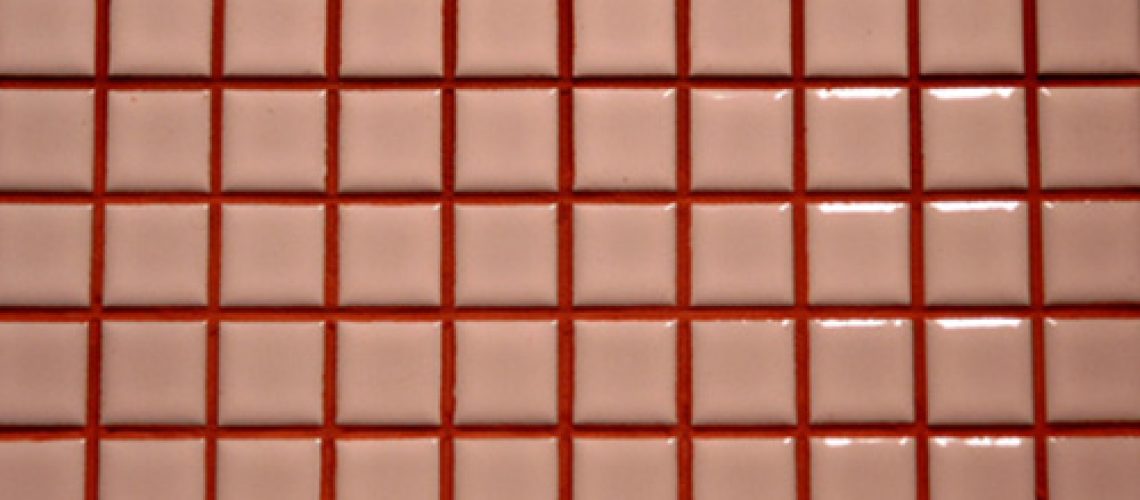Find something new in an old, ordinary thing
Tile and grout have been around for a long time. When one installs tiles, spaces between them need to be filled. Grout is what fills those spaces, holds tiles in place, and are therefore as essential as the tiles themselves. However, people often assume grout must be basic white, or perhaps gray to match with darker tiles. Homeowners spend a lot of time meticulously selecting their tiles, but rarely think much about the grout. To most buyers, grout simply starts out white and starts to darken as time starts taking its toll. After years, it often looks dingy and is difficult to clean. But there is an alternative to white or formerly white grout; one can have grout colored. Homeowners can select colors to fit with decor, to match tiles or to create an interesting contrast. Colored grout can change the look of a tiled bath, kitchen floor, back splash or other area, and give it a whole new look.
Selecting a Color
Color coordinating a new or old tiled area can be a challenge when limited to the basic idea of colored tile and white grout. With customized colors, one can make the grout stand out, blend in, contrast, or disappear. One can make a design by matching the color of the tile for some part of the grout line. Tile patterns take on more detail with a contrasting colored grout – think dark colored grout with light tiles, light colored grout with dark tiles or a contrast in color. Grout that is a similar in color to your tiles will fade into the background, putting less emphasis on tile patterns and making a floor appear more like a continuous slab.
Dramatic color contrasts can add a defining style point to a tiled area. For example, one can accentuate a blue tinge in dark slate tiles with a deep blue grout. This will give the room a basic theme, that can be built on when adding upholstered furniture, window treatments and so on. When using mosaic tiles or subway tiles for a back splash or in your bathroom, picking a bright color that matches one of the individual tiles of the mosaic or something very different from your subway tile, will alter the look of the room completely. For example, an bright orange, yellow, red or green grout with a turquoise or blue tile, makes for a very fun bathroom for kids. It’s remarkable that something as simple as a change from white grout to a another color can make an ordinary surface stand out or blend in.
Light or Dark
Dark grout does not show discoloration as easily as white does; however, it can lose color if not properly colored. However, dark grout shows light spotting and to keep the dark color dark, one must use cleaners that do not affect color. Another method is to seal the dark colored grout and protect it from all sources of stain and discoloration. On the other hand, light grout might get stained and dirty easier, but won’t get discolored so easily by cleaning products. Again, sealing your light colored grout will help prevent problems.
What’s In the Grout Matters
Epoxy and Furan grout cost more than Portland cement grout. Manufacturers rate them for a much longer life and greater stain resistance than cement grout. They type of grout matters for durability, maintenance, and color fastness. Epoxy grouts offer a wide range of colors; it is the ideal choice for high traffic areas and those exposed to grease and stains. It is highly stain resistant and dries to a durable, hard-wearing finish. Furan grout consists of polymers and is rarely used for residential applications. Available only in black it offers the superior stain and wear-resistance of epoxy grout.
Replacing grout, however, can be expensive and make the area where the job is being done unlivable for the time it takes to complete the project. Professional cleaning, sealing and coloring on the other hand is quick, equally effective in most cases and can be done with minimal intrusion on your daily life.
Gulf Coast Tile & Grout Renewal
239-283-1079

